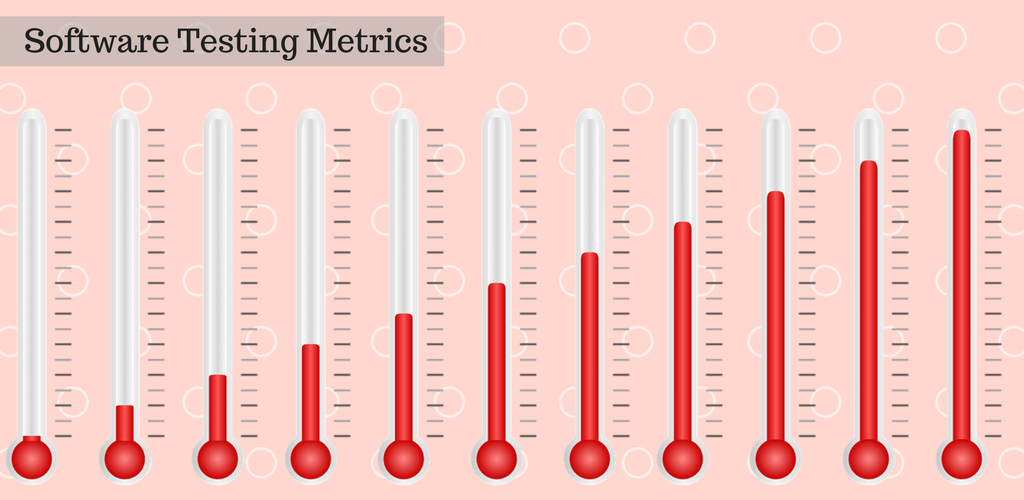
QA Software Testing Tools: How Are They Disrupting the Quality Assurance Space?
Summary
Exploring QA software testing tools’ impact on business quality assurance, including test automation benefits, types, features, and Hurix’s empowerment of QA teams.
Digital transformation has left no niche untouched. Businesses, especially in the IT industry, must now keep up with rapidly evolving digital needs and trends. Software testing and quality assurance teams also need to reimagine their processes and workflows to speed up the throughput. One of the key benefits that come with modernizing quality assurance using QA software testing tools is the automation of the testing process.
Table of Contents:
1. What is QA Software Testing?
2. How are QA Software Testing Tools Disrupting Quality Assurance?
3. Types of Software Testing
4. Disruptive Features of QA Software Testing Tools
5. Empower Your QA with Hurix
Both software testing and quality assurance – are steps to achieve the highest product quality possible with the given input variables. With the advent of software testing tools, businesses are able to achieve faster cycle times and better levels of service for their products.
A recent survey highlighted that 63% of the surveyed businesses that automated their QA testing experienced better testing ROIs. Automation helps reduce the testing cycle time and reduce the manpower engaged in iterations.
With more and more businesses leaning towards hiring full-fledged QA software testing solutions like Hurix (as opposed to open-source solutions), it is evident that quality assurance departments are set to transform drastically.
Also read, 5 Best Practices for QA Software Testing
What is QA Software Testing?
Software testing can be defined as the testing process which provides assurance that software is functioning the way it was designed to.
Setting the benchmarks for optimum software performance, software testing helps businesses see whether the software is accurately achieving the set parameters that correspond to the predetermined variables.
Software testing tools help automate the entire process, giving your business the following benefits:
- Reduction in development costs
- Preventing bugs through continuous testing
- Better software performance
- Higher quality product
How are QA Software Testing Tools Disrupting Quality Assurance?
The quality assurance teams of businesses need to ensure that they deliver high-quality products to clients and customers. They must also stick to stringent development and testing timelines, which make it difficult when the processes are completely manual.
With their automation and efficient, continuous testing capabilities, QA software testing tools enable businesses to rapidly complete quality assurance processes and reduce the time to market.
A study highlights that for 59% of businesses, the priorities in QA have shifted to using intelligent QA technologies.
Software quality assurance encompasses the use and monitoring of effective software engineering processes, best practices, and methodologies that go into developing software.
You would notice that the best-performing software on the market today are stable, secure, and fast regardless of the workloads you put them through.
QA software testing tools have distinct features that span the entire ecosystem of quality assurance for software development. These tools help businesses speed up software development and market release.
Types of Software Testing
For comprehensive testing of the quality of software, there are a plethora of tests that must be performed. Let’s take a look at what they are.
1. Integration Testing
Each software is made up of several modules that work in tandem to achieve an objective. Integration testing is the phase of QA software testing that measures how each module performs individually.
Through this test, businesses can identify the problems modules face while communicating with each other, working as an integrated unit.
2. Functional Testing
Software testing involves predetermining the specifications, variables, and certain parameters for the test.
Quality assurance teams perform functional testing to check whether software performs as designed based on these predetermined parameters.
Some examples of functional testing are smoke testing, regression testing, UI testing, component testing, and API testing.
3. Acceptance Testing
The purpose of designing software is to help businesses achieve specific objectives.
To that end, accessibility tests are performed to ensure that the software functions as intended and achieves the purpose it is created for.
Some examples of this test are user acceptance testing, business acceptance testing, and alpha and beta testing. In simpler words, this test determines whether or not the software is acceptable as a solution to a problem.
4. Performance Testing
In the digital age of today, slow software can be crippling for business growth. Every solution must thus be tested for performance efficiencies to gauge how it fares under exceptional circumstances.
Quality assurance specialists test the speed, application size, robustness, and reliability of the software during the performance test. QA specialists use parameters like CPU memory use, response times on browsers, etc., to measure the performance of the software.
5. Unit Testing
Unit testing is performed during the development stage of software. This test helps QA specialists check whether each unit of the code is working as it should.
Since this test is performed during software development, errors and problems can be prevented promptly, saving resources and manpower that would be needed for troubleshooting later.
Also read, Key Considerations When Implementing QA Testing
Disruptive Features of QA Software Testing Tools
The following features in software testing tools have enabled better quality assurance for businesses:
1. Test Management
Quality assurance teams need to be able to plan the software testing from end to end. Since software consists of multiple modules and parts, the approach to test management needs to be systematic.
Modern tools are able to orchestrate software testing meticulously, eliminating human errors completely.
2. Automated Testing
The automation features of the best QA software testing tools have truly disrupted the quality assurance niche of businesses.
Iterative testing and repetitive tasks in a testing cycle can be automated to save manhours. These time savings enable professionals to engage in tasks that require human aptitude.
Read, Why & When to use Automation in Testing
3. Reporting and Insights
Analytics and reporting have become pivotal today to understand the actual, real-world performance of software during QA exercises.
Modern QA software testing tools provide in-depth detail into each test and iteration, enabling developers and QA specialists to zero down on problematic areas.
4. Integrability
The capability of QA software testing tools to integrate with other CI/CD tools makes it easier to execute the entire process. It drastically reduces the testing cycle times and the times-to-market, which is the need of the hour considering today’s market dynamics.
Empower Your QA with Hurix
QA software testing tools make it simpler and easier for your business to achieve high quality in the end products. With Hurix, it is possible to completely transform your quality assurance processes and increase the cost-effectiveness and accuracy of your software projects.
Empower your quality assurance teams with Hurix Digital.
Also read, Key Considerations When Implementing QA Testing

Vice President – Content Transformation at HurixDigital, based in Chennai. With nearly 20 years in digital content, he leads large-scale transformation and accessibility initiatives. A frequent presenter (e.g., London Book Fair 2025), Gokulnath drives AI-powered publishing solutions and inclusive content strategies for global clients







